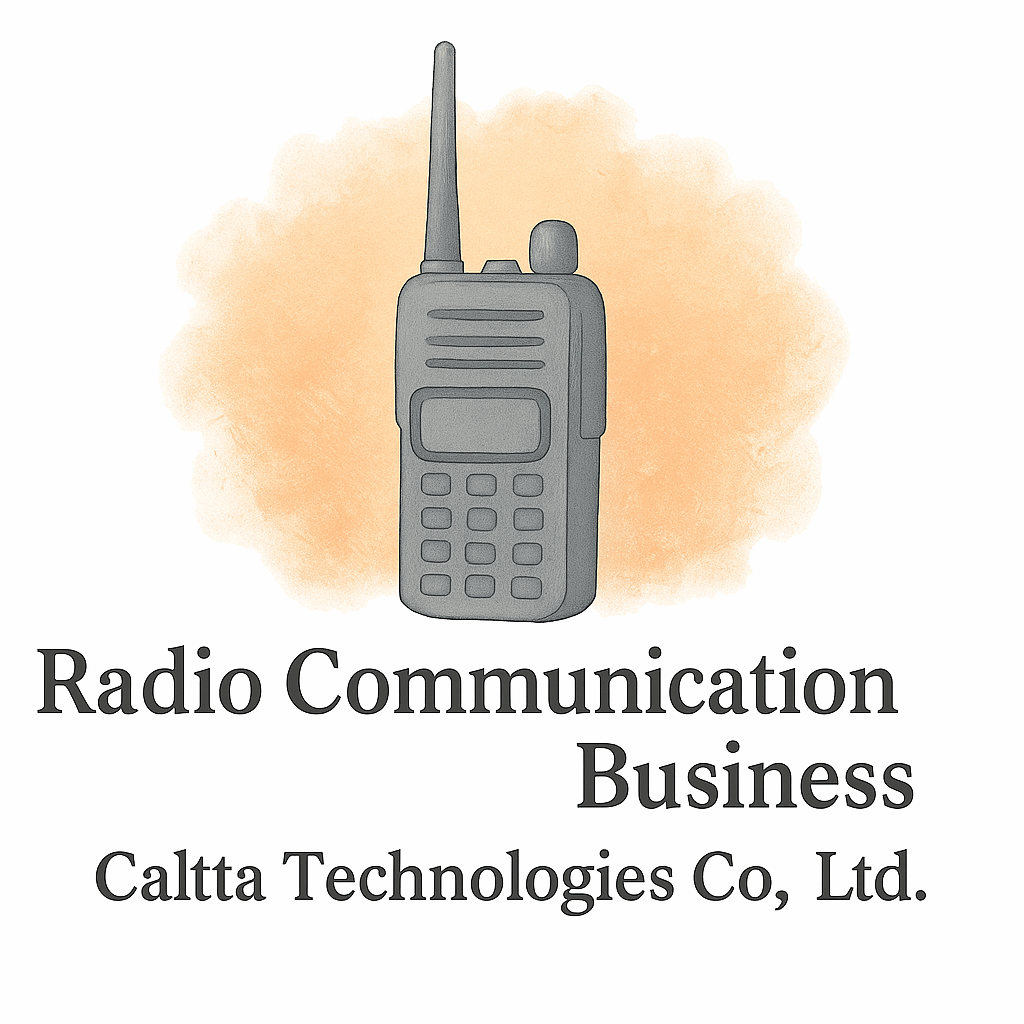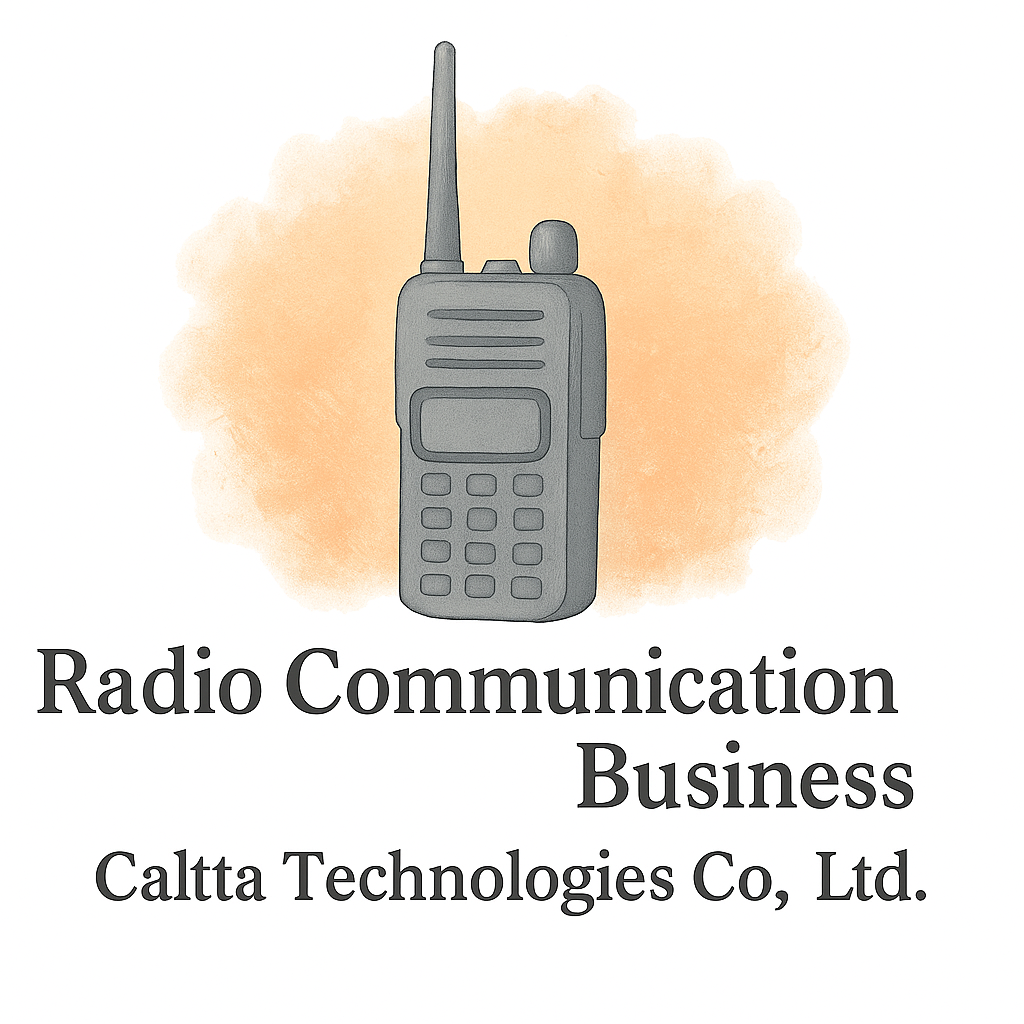When it comes to communication in tough environments, not just any radio will do. You need something reliable, durable, and built to withstand dust, water, drops, and extreme conditions. That’s where rugged radios for harsh radio communication needs come in. In this guide, we’ll dive into six of the best rugged radios available today, explain what makes them stand out, and help you figure out which one is right for your situation.
Whether you’re in construction, emergency services, outdoor exploration, or industrial work, having the right rugged radio can mean the difference between crystal-clear communication and frustrating downtime.
Why Rugged Radios Matter in Harsh Environments
When the going gets tough, standard radios often fall short. Rugged radios are specifically designed for harsh radio communication needs, ensuring that even in the most extreme conditions, your team stays connected.
Durability and Build Quality
Unlike consumer-grade radios, rugged radios are engineered with reinforced casings, shock absorption, and military-grade certifications. These ensure they can handle drops, vibrations, and everyday wear and tear.
Long Battery Life for Extended Operations
If you’re working in remote locations, long shifts, or emergency scenarios, running out of battery is not an option. Rugged radios often boast high-capacity batteries that can last a full workday—or even multiple days—with ease.
Weatherproofing and Dust Resistance
With IP (Ingress Protection) ratings, many rugged radios can withstand rain, snow, dust storms, and even immersion in water. That makes them ideal for industries like construction, oil and gas, and emergency response.
Key Features to Look for in Rugged Radios
Before we explore specific models, let’s highlight the must-have features when shopping for rugged radios.
Strong Signal and Coverage
Good coverage is crucial when operating in remote or obstructed areas. Look for radios with high transmission power and strong antenna capabilities.
Noise-Canceling Technology
Background noise is a given in harsh environments. Many rugged radios feature noise suppression to ensure clear communication in noisy surroundings.
Emergency Communication Functions
From lone-worker alerts to emergency call buttons, these features add a layer of safety for teams working in risky conditions.
6 Rugged Radios for Harsh Radio Communication Needs
Now let’s get into the heart of it: the six rugged radios that stand out for performance, durability, and reliability.
1. Motorola MOTOTRBO XPR 7550e
This is a top-tier radio trusted by industries worldwide.
What Makes It Rugged
- IP68-rated: fully dust-tight and waterproof.
- Military-standard construction.
- Resistant to shock, vibration, and extreme temperatures.
Ideal Use Cases
Perfect for emergency responders, mining operations, and industrial settings where communication is mission-critical.
2. Kenwood NX-5200
A versatile digital and analog hybrid radio with rugged durability.
Durability Factors
- Built to MIL-STD standards.
- IP67-rated for water and dust resistance.
- Reinforced casing for impact protection.
Who Should Use It
Ideal for construction teams, transportation, and logistics workers who need flexibility between analog and digital systems.
3. Icom IC-F4001
Simple, effective, and rugged without being overly complex.
Rugged Features
- Dust-proof and water-resistant.
- Long-lasting battery life.
- Strong, reliable signal strength.
Perfect Situations
Great for outdoor recreation groups, field crews, and small businesses in harsh environments.

4. Hytera PD982i
A premium rugged radio with advanced digital features.
Key Benefits
- Exceptional voice clarity even in noisy conditions.
- IP68-rated durability.
- Advanced encryption for secure communication.
Industry Applications
Used heavily in public safety, large event management, and energy sectors.
5. Vertex Standard VX-261
Affordable yet rugged, this radio strikes a balance between price and durability.
Standout Rugged Specs
- Built to military standards.
- Compact and lightweight yet durable.
- Excellent audio clarity.
Who Benefits Most
Best suited for schools, small construction firms, and service crews looking for rugged radios without breaking the budget.
6. Tait TP9800 Multiband
An innovative multiband rugged radio designed for versatility.
Rugged Advantages
- Withstands extreme weather conditions.
- Multi-network support for flexible communication.
- High-level encryption and safety features.
Best Fit Users
Ideal for government agencies, public safety, and industries requiring multi-frequency interoperability.
Choosing the Right Rugged Radio for Your Needs
With so many rugged radios on the market, how do you decide?
Matching Features to Industry Demands
Emergency services may prioritize durability and encryption, while construction crews may focus on affordability and reliability.
Considering Budget and Longevity
Rugged radios are an investment. Consider your upfront budget but also factor in how long the device will last before replacement. For more on business budgeting and financial strategies, explore financial planning.
Compliance and Regulations
Different industries may have compliance requirements for communication tools. Always verify regulations—check insights from compliance resources.
Rugged Radios vs. Standard Two-Way Radios
Not sure if rugged radios are worth it? Let’s compare.
Cost vs. Durability
Standard radios are cheaper, but they break down faster in extreme environments. Rugged radios save costs long-term by lasting longer. Learn about cost-saving tips.
Reliability in Mission-Critical Environments
When safety and operations depend on communication, rugged radios always win.
Practical Tips for Maintaining Rugged Radios
Even rugged radios need care.
Proper Charging and Storage
Always charge with manufacturer-approved chargers and store radios in cool, dry places.
Software and Firmware Updates
Keep firmware up to date to ensure peak performance—much like keeping equipment technology current.
Accessory Care and Management
Headsets, mics, and batteries also need regular checks and maintenance.
Future Trends in Rugged Radio Communication
The world of rugged radios is evolving fast.
Integration with Smart Technology
Expect future rugged radios to sync with apps, GPS, and smart devices—blending tradition with modern tech. See more in industry insights.
Push-to-Talk Over Cellular (PoC) Growth
PoC technology is bridging rugged radios with cellular networks, offering wider coverage and flexibility.
Conclusion
When it comes to rugged radios for harsh radio communication needs, durability, reliability, and performance are non-negotiable. From Motorola’s MOTOTRBO XPR 7550e to the Tait TP9800 Multiband, the six radios we’ve covered offer something for every industry and budget.
Whether you’re navigating extreme weather, managing a construction site, or coordinating emergency response, these rugged radios keep you connected when it matters most.
For more resources on equipment, startups, budgeting, and technology, visit Caltta International.
FAQs
1. What is the difference between a rugged radio and a standard two-way radio?
Rugged radios are built with reinforced casings, waterproofing, and advanced durability standards, making them reliable in extreme environments.
2. Are rugged radios worth the investment?
Yes. While they cost more upfront, rugged radios last longer and save money by reducing replacements and downtime.
3. Can rugged radios work in both digital and analog modes?
Many modern rugged radios, like the Kenwood NX-5200, support both digital and analog communication.
4. Do rugged radios require special licenses?
Some do, depending on frequency and power output. Always check with your local regulations. See more on business setup compliance.
5. How long do rugged radio batteries typically last?
Most last 12–24 hours on a full charge, but heavy-duty models can last longer with extended battery packs.
6. What industries use rugged radios most?
Construction, mining, public safety, logistics, and outdoor adventure industries rely heavily on rugged radios.
7. How do I choose the best rugged radio for my team?
Consider your environment, coverage needs, budget, and whether you need advanced features like encryption or multiband operation.


